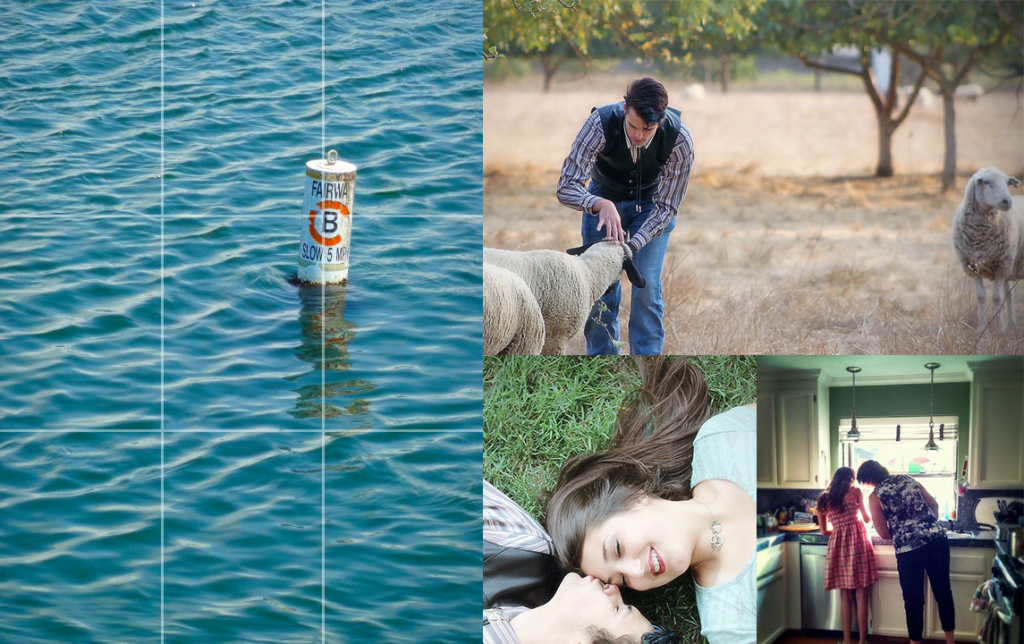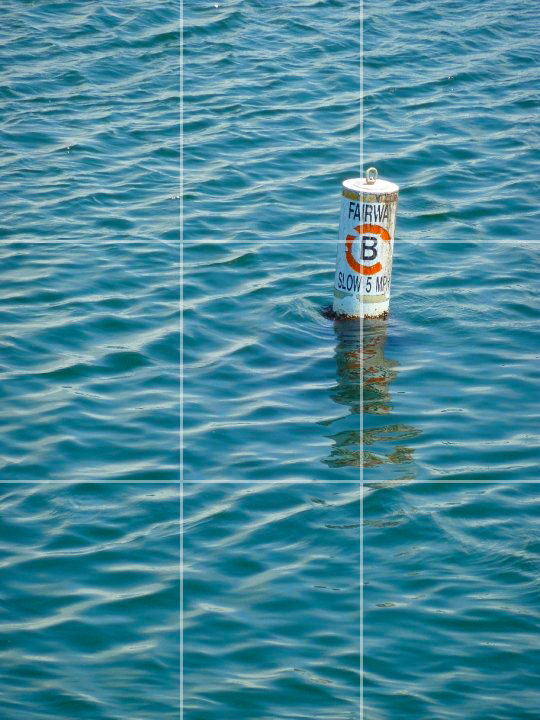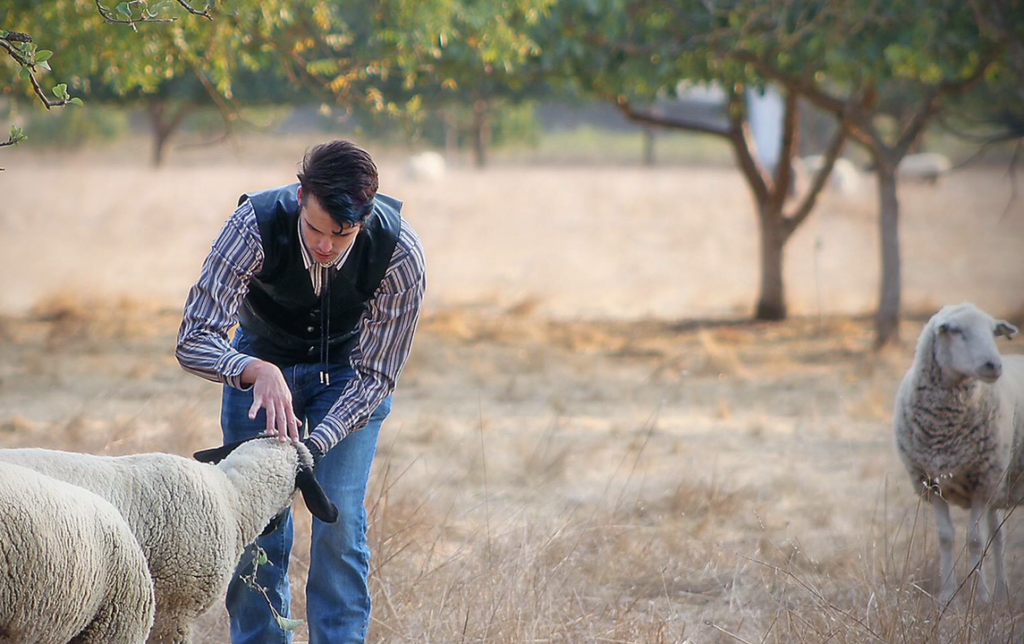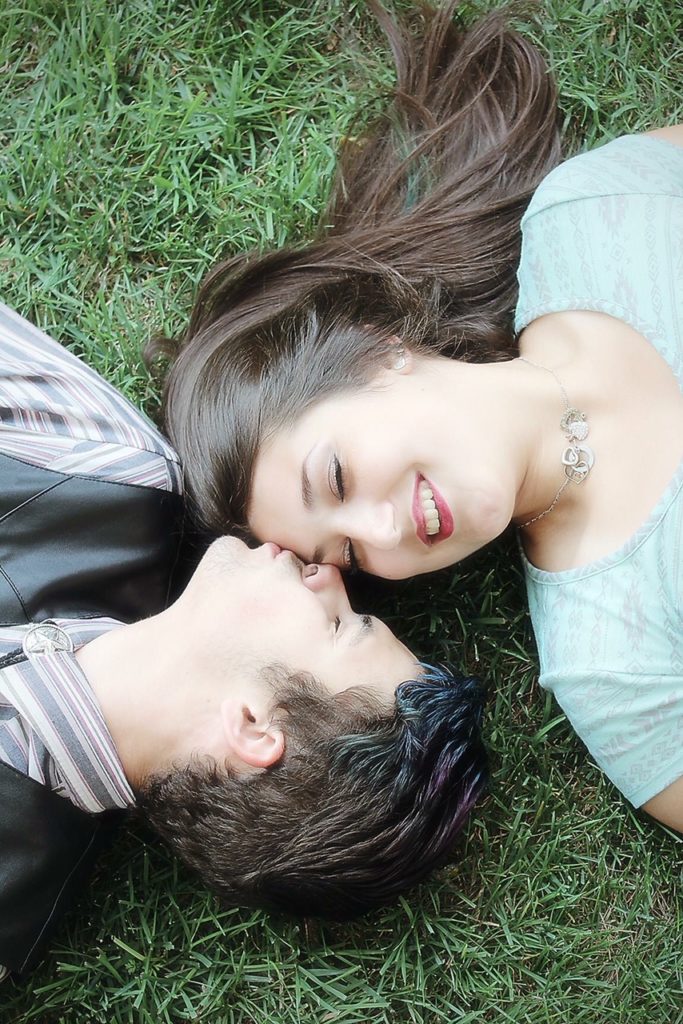On my previous post, I talked about Camera Modes. Today I will be talking about the basic photography composition. Photography is not only about aperture, shutter speed, and ISO. It also involves techniques such as position, angle, balance, and many more. These techniques are called Photography Composition.
Personally, I consider the composition as a set of rules. Every time I look through my camera’s viewfinder, I think of how other people will see the photo that I am about to capture. The modern digital cameras make a photographer’s life a lot easier. We can see the photo we’ve just taken right away. There is no need to wait hours or days for film processing and developing like it used to be 20 years ago. So go ahead and take as many photos as you need in order to get the right shot.
As always please know that I don’t claim to be an expert. I am here to share my own journey in the digital photography world with you. 🙂
Here are the techniques that will instantly improve your basic photography composition skills.
-
Rule of Thirds
I consider the Rule of Third more like a guideline or “Rule of Thumb.” Imagine your photo divided into nine equal parts or a nine-grid. You then simply try placing your focused subject on any of the line intersections. This technique helps create tension and interest in the focused subject. It also allows the viewer to explore your photo freely yet still paying attention to the subject. Most DLSR or Point & Shoot cameras now have this feature built-in. It’s right on your LCD screen and inside your viewfinder.
Rule of Thirds -
Framing
This technique helps set the boundary of the elements. It helps separate the main subject from the surrounding area. You can use, doorframes, trees, light poles, windows, as your natural frames by simply placing them on the edge of your photo creating frame. Keep in mind that a frame does not need to be a square frame. It can be any type of shapes.
Framing – tire swing Framing – kitchen windows -
Leading Lines
It’s pretty straightforward and self-explanatory. The human’s eye is naturally drawn to lines and symmetrical objects. By placing your focused subject on or near where the lines ended. You can use railroad track, stairs and another shape that can guide the eye through an image.
Leading Lines -
Balancing Elements
Also while applying the Rule of Third, think of balancing the elements. If the location and environment allow, you should balance your composition. Place a secondary or lesser importance element to fill the empty space.
Balancing Elements -
Depth of Field
This is probably the oldest trick in my book. Simply focusing on the main area and blurring out the rest of the image. You can achieve this goal by simply moving closer to the main subject. Use your zooming lens, and use a wider aperture. It makes for a wonderful shot.
Depth of Field -
View Point
I find this technique the most unique of all. Why? It’s because by simply looking at the subject from a different angle or view, it can instantly change the meaning of your photo. These view points include close-up, top view, side view, back view, far away, and so on.
View point – Looking down View point – Looking up There are more techniques waiting for you to discover, explore and experiment with.
The next technique is your own to discover. No one knows your story better than you. You choose what story to tell and how the story is told. Like I mentioned earlier, take advantage of the digital age, you can never take too many photos and run out of shots. If you don’t like how the photo turned out, delete it. Take lots of photos and try difference things.
Please remember that the photography composition is really not rocket science. The rules in the composition are meant to be broken. Some rules may work in one photo and some may not. Find what works best for you and explore it further. After all remember to have fun!
If this your first time here, please visit my other posts at www.midnightspidy.com.
happy shooting. 🙂















